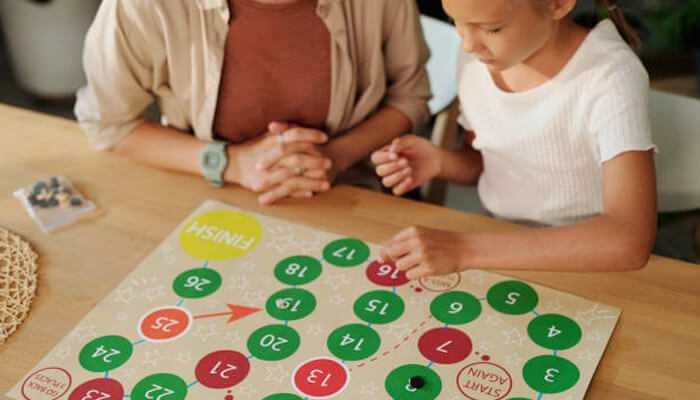Teaching kids about money is one of the most important lessons we can offer them, but it doesn’t have to be dull or complicated. Introducing financial literacy to kids in fun, engaging ways can set them on a path to a secure future. Here’s a guide to cultivating financial literacy in kids. learning about money is an enjoyable part of growing up.
Debt Awareness: Introducing Debt Relief Program Concepts
It’s never too early to start discussing the concept of debt. While you don’t need to delve into the complexities of interest rates, credit scores, or how a debt relief program works, you can introduce the idea that borrowing money means it must be paid back, often with extra costs.
You can create simple scenarios where your child might “borrow” a small amount of money to buy something they want now, with the understanding they’ll need to “repay” it later. This can help them grasp why avoiding unnecessary debt and considering programs that offer debt relief is crucial for financial health.
Start Simple: Identifying Coins and Bills
Understanding the basics is the first step toward financial literacy. Begin by helping your kids identify different coins and bills. Turn it into a game: you can spread out various coins and ask your child to sort them by type or value. You could also create flashcards with pictures of coins and bills and have your child match them with the correct amounts.
These activities do more than teach recognition—they also introduce the concept of value. Knowing that a quarter is worth more than a penny is foundational knowledge for understanding more complex financial concepts later on.
Make Change Fun: Playing Store
One of the best ways to teach kids about money is through play. Set up a small store at home with items like snacks, toys, or books. Give your child a small amount of play money or even real coins and bills to “shop” with. They can practice making purchases, counting out money, and making changes.
This role-playing game helps kids understand how transactions work and the importance of accurately handling money. It also offers a hands-on approach to learning math skills in a real-world context.
The Concept of Saving: The Classic Piggy Bank
The piggy bank is a timeless tool for teaching kids about saving. Give your child a piggy bank and encourage them to save a portion of any money they receive, whether it’s from allowances, chores, or gifts.
To make it more engaging, set a savings goal together. Maybe they’re saving up for a new toy or a fun outing. This teaches them the value of delayed gratification and planning for the future. As they watch their savings grow, they’ll learn that small, consistent efforts can lead to significant rewards.
Real-Life Application: Involving Kids in Family Finances
To further their understanding, involve your kids in simple aspects of family finances. Take them grocery shopping and let them help with budgeting for the trip. Show them how you compare prices, use coupons, and make decisions based on your budget.
This real-life experience not only teaches them about managing money but also shows them the value of money in everyday life. They learn that every dollar counts and that thoughtful spending is essential.
Fun Activities to Reinforce Learning
Games and activities can be powerful tools in teaching financial literacy. Here are a few ideas:
1. Money Bingo: Create bingo cards with different coins and bills. Call out an amount, and the child places a marker on the corresponding picture.
2. Allowance Budgeting: Give your child a weekly allowance and help them divide it into categories like spending, saving, and donating. This can teach them budgeting basics.
3. Savings Jars: Use clear jars for different goals. One could be for saving, one for spending, and one for donating. This visual representation helps kids understand the importance of dividing their money for different purposes.
Using Technology: Apps and Online Games
In our digital age, numerous apps and online games can make learning about money fun and interactive. Apps like PiggyBot and Bankaroo help kids track their allowance and savings goals. Online games can simulate real-life financial scenarios, providing practical experience in a risk-free environment.
Teaching Generosity: The Importance of Giving
While saving and spending are vital parts of financial literacy, teaching kids about generosity is equally important. Encourage them to set aside a portion of their money for donations. This can be to a local charity, a school fundraiser, or even helping out a friend in need.
Discussing the impact of their donations can help kids understand the value of giving back and how they can positively influence their community.
Conclusion: Building a Strong Financial Foundation
Cultivating financial literacy in kids is about more than just understanding money—it’s about equipping them with the skills they need to navigate their financial future confidently. By using simple, everyday activities and games, you can make learning about money a fun and integral part of their development.
Remember, the goal is to build a strong foundation that will support them throughout their lives. With these strategies, you can help your child grow into a financially savvy and responsible adult.



